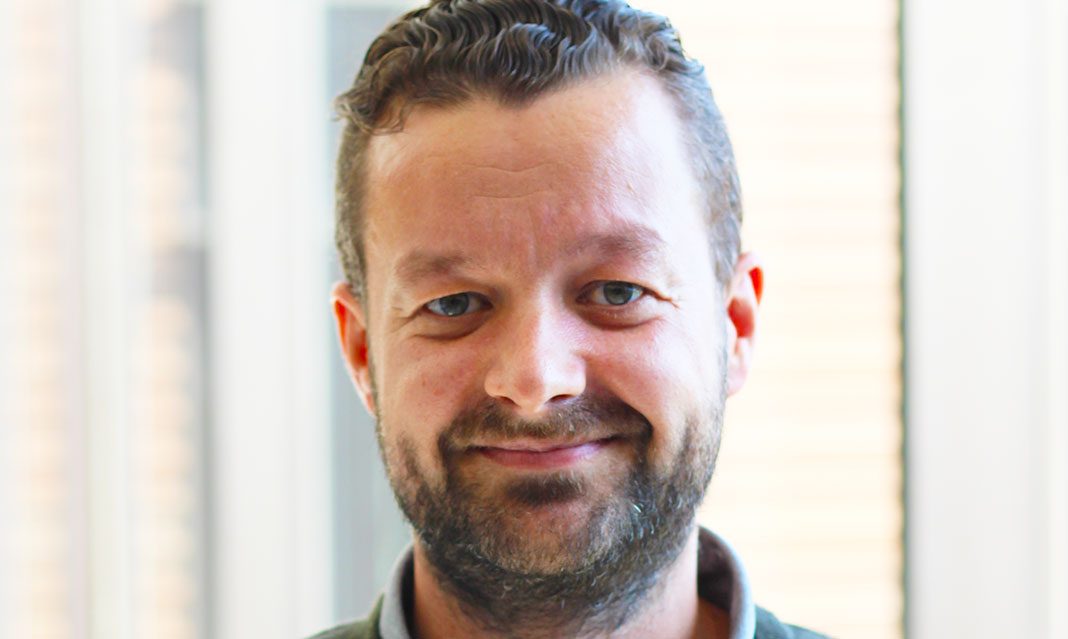Dr. Rasmus RosenBerg Larsen shares his knowledge on ingrained biases.
Why do individuals fall for con artists’ schemes? Dr. Rasmus Rosenberg Larsen, visiting assistant professor in the forensic science and philosophy departments at UTM, shares his knowledge on the ingrained biases present in individuals and how con artists are able to exploit them.
Larsen says that human beings have “a truth bias…which is this tendency to just always start with the assumption that what people are saying is true.” The truth bias causes individuals to be more susceptible to con artists’ schemes because they are more likely to believe them.
People also have a second confirmation bias in which they are more likely to use positive outcomes to confirm what they want to be true. Larsen illustrates this through an example of a Ponzi scheme. He says that if one were to invest in a Ponzi scheme, a con artist would “make sure that maybe you get a dividend early on” which would lead the scammed individual to “confirm that they have made a good investment.”
The confirmation bias results in the possibility of being “slow in actually realizing that you’re being schemed because you have all this confirming information, but haven’t really realized you’re never going to get the full amount [of your invested money] back.”
Another bias that contributes to humans’ likelihood of being conned is the probability bias. Larsen describes the probability bias as “this tendency humans have to just disregard probability.” Larsen explains, “the probability of you running into this amazing investment [through] a phone call [from] some random person or some e-mail that popped [up]…is close to zero.”
The above biases cause humans to be more susceptible to the schemes planned by con artists. As Larsen details, “the con artist is of course a person who is good
[in]
reeling you in some scheme without giving away evidence that this is actually what’s happening.”
Con artists not only prey on human biases, but also individuals’ egos. According to Larsen, a con artist would “target people [who they] know might not be smart.” This tactic works because “if you really have an inflated belief of how smart you are, then you also might be inclined to say that, of course, you are the only one [who] could see how smart this investment is.”
Still, Larsen emphasizes that it would be “trivial” to simply assume that all con artists “must be very manipulative.” Technological advances have made it more difficult to “talk about a specific psychology of con men because it could be anyone these days.” Specifically, “this idea that we have something called ‘con artists’—psychologically speaking, there is no evidence for that.”
Larsen cautions that, “it’s very dangerous to confirm these stereotypes that we might have … [because] it suggests that you can put your guard down in other situations.”
He shares the example of a “person who runs five hundred different dating profiles and targets lonely males from Wisconsin. If you have five hundred of those profiles online, then it can become a lucrative business. There are dating apps, Facebook, [and] Twitter.”
Larsen states that con artists are “just human beings trying to fool others, and that’s pretty common practice. This is human behaviour.”
He adds, “there’s no way you can efficiently reach out to people who try to cheat other people, and also, if we did reach out to them, they wouldn’t listen.”
To tackle the problem, Larsen suggests informing the average person to “be extra vigilant and to never give out any information to people who you don’t know.” Larsen specifically advises that “whenever you see a person you don’t know who wants some information from you, start with skepticism by default and then always get a second opinion from anyone.”
To finish, Larsen quotes Lieutenant Aldo Raine from the 2009 war film Inglourious Basterds, “[If you] hear a story too good to be true, it ain’t.”



